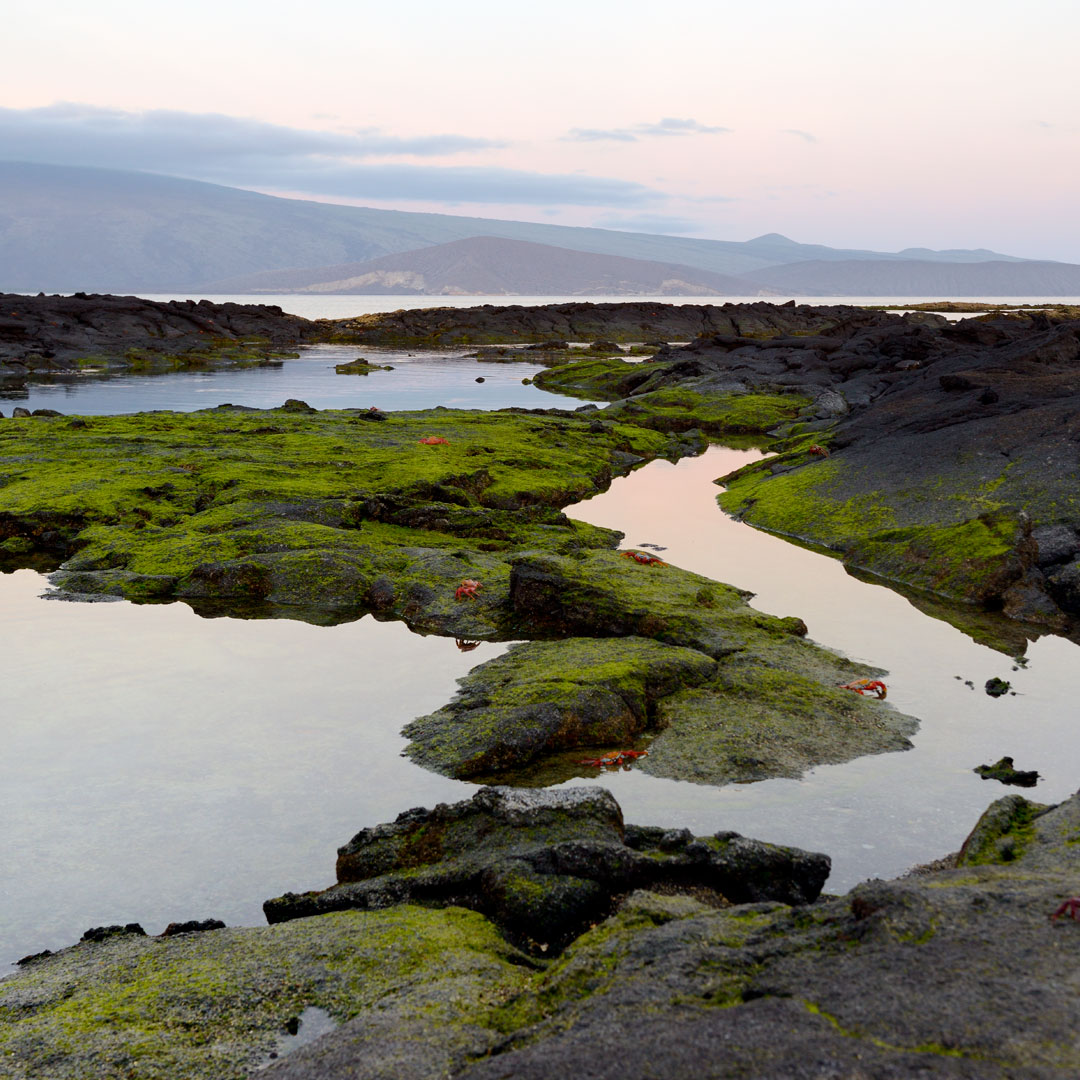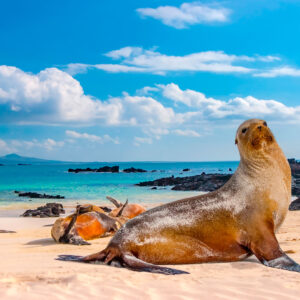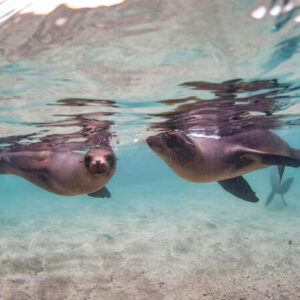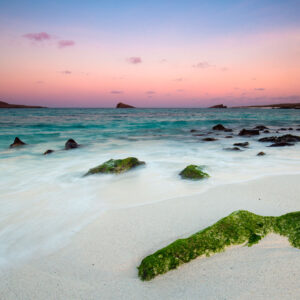Climate Change
The Galapagos Islands are considered a fragile ecosystem where fauna and flora are carefully preserved. Thousands of miles from land, are especially affected by climate change. The plants and animals of the archipelago suffer whenever the El Niño or La Niña phenomenon occurs. But, what exactly are these climate changes, and how are they affecting the islands? Make sure to keep reading to find out!
El Niño Phenomenon
El Niño is a five-year cycle of climate change that occurs over the Pacific Ocean.
During El Niño years, the ocean warms noticeably and air pressure rises. During El Niño years, rainfall increases, sometimes to dangerous levels, and flooding is common. El Niño years have a significant impact on fish, birds, and other species living in or near the Pacific Ocean. El Niño means “the boy” in Spanish, and it refers to Jesus, as the phenomenon is usually observed around Christmas time.
La Niña Phenomenon
La Niña is the opposite of El Niño. Instead of warm water and high air pressure, there is cold water and low air pressure. El Niño is associated with flooding, whereas La Nia is associated with drought and cold weather. Heavy snowfalls are common during La Niña years, even in areas far from the Pacific. These climatic shifts have a direct impact on the Galapagos Islands, as almost every animal in the archipelago relies on the ocean for survival, either directly or indirectly. Even animals that do not appear to require the ocean, such as land iguanas, can be affected by rainfall levels, which alter their food supply.
Has anything been done to take care of the islands?
Such climate cycles are natural and pose no threat. Life in the Galapagos Islands is harsh, and animals die naturally all the time. Sea lion and iguana populations that are decimated by an El Niño year will naturally recover. However, several animals may be protected.





